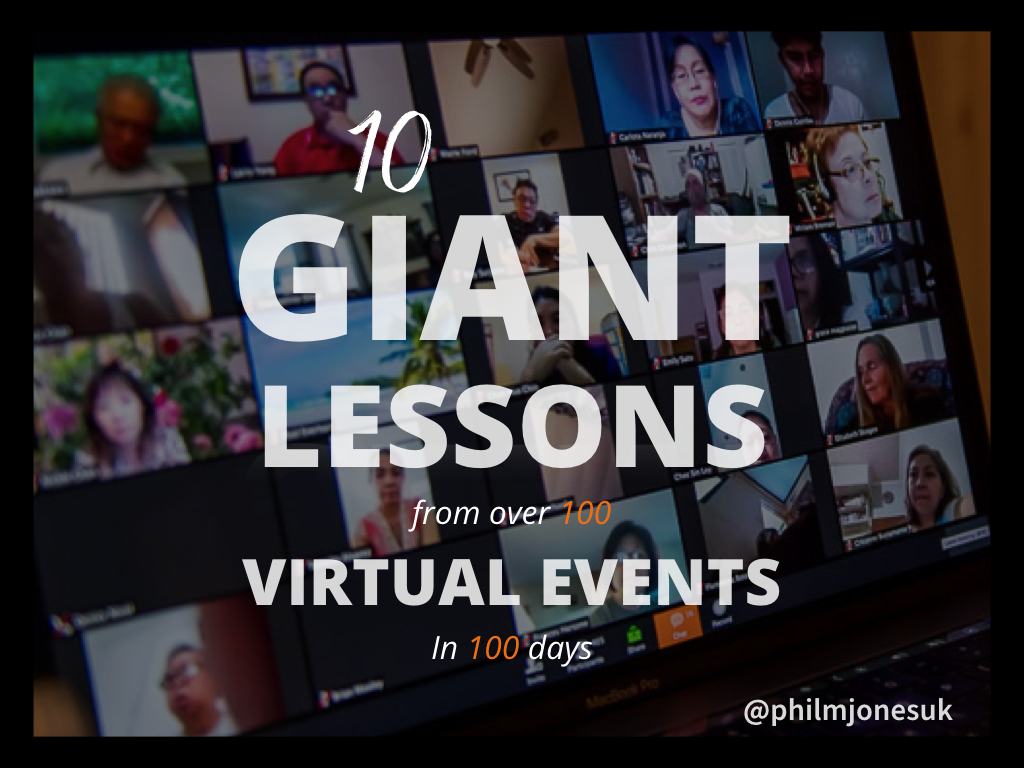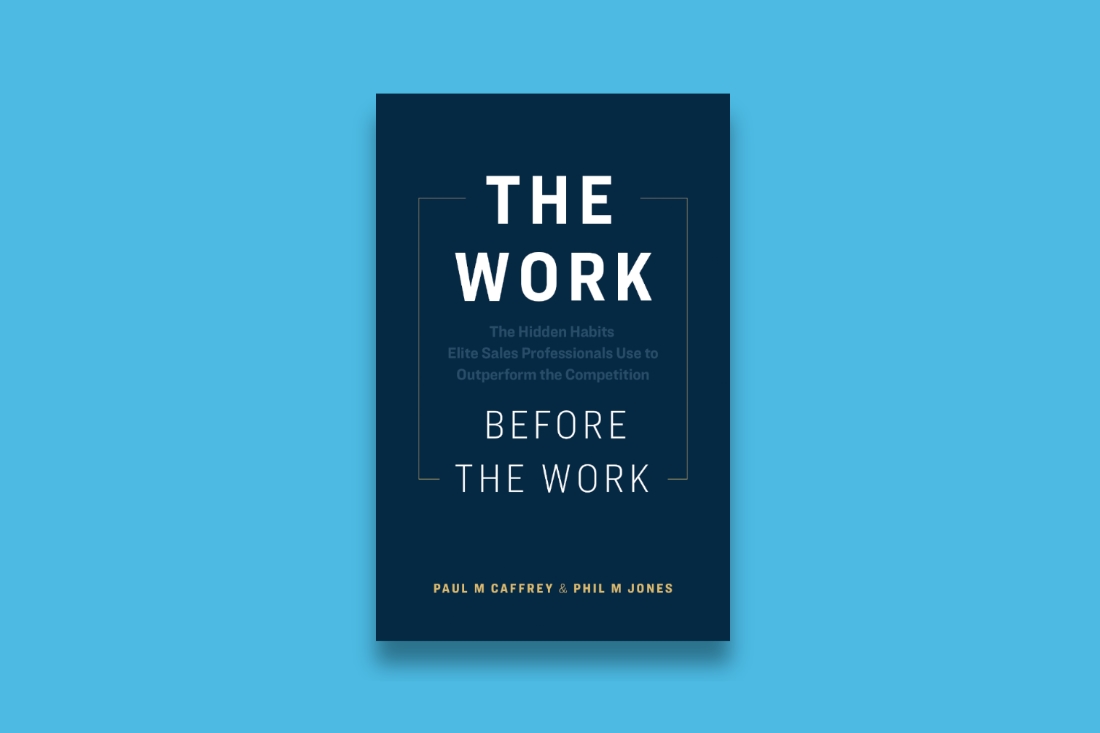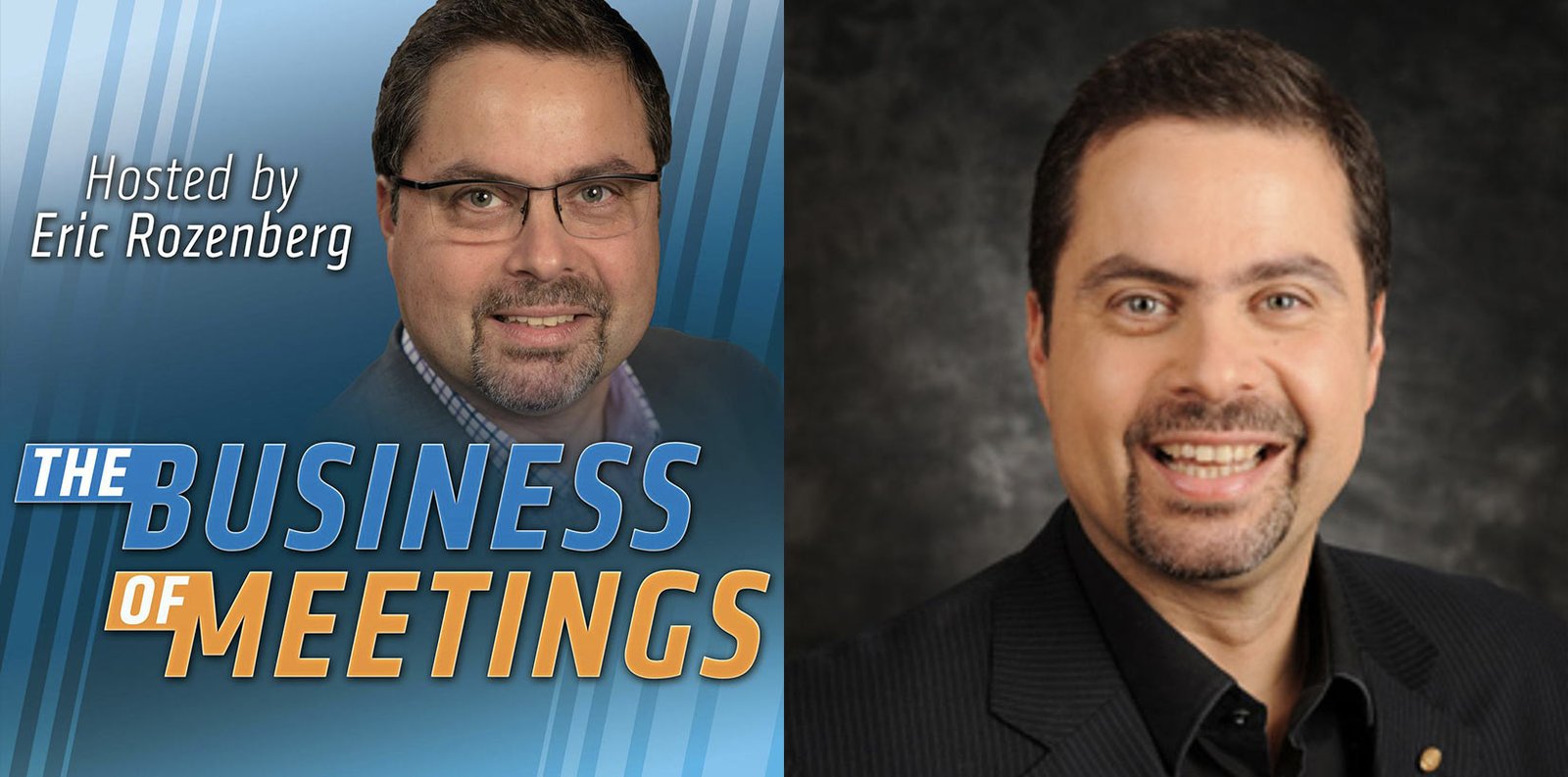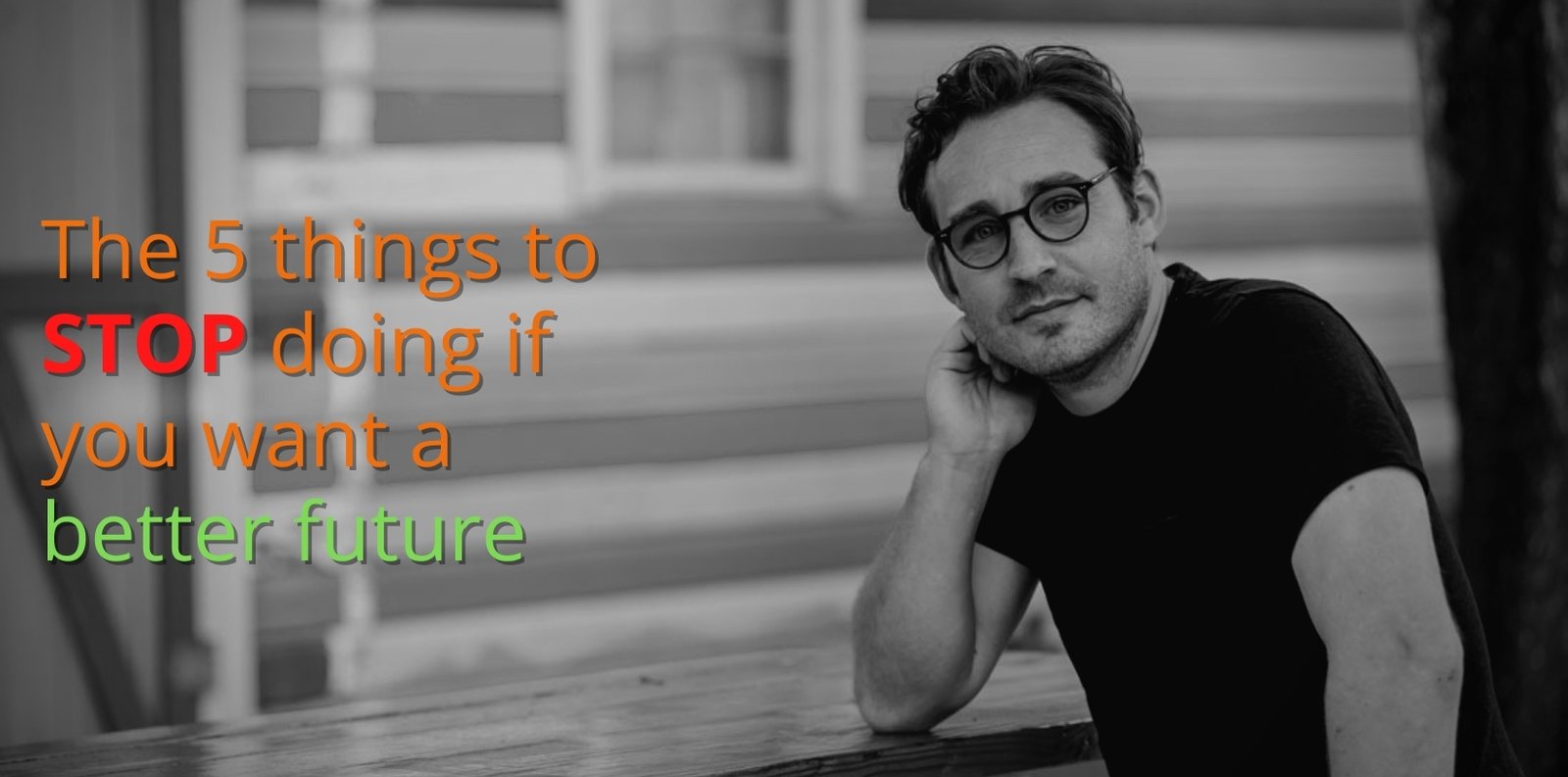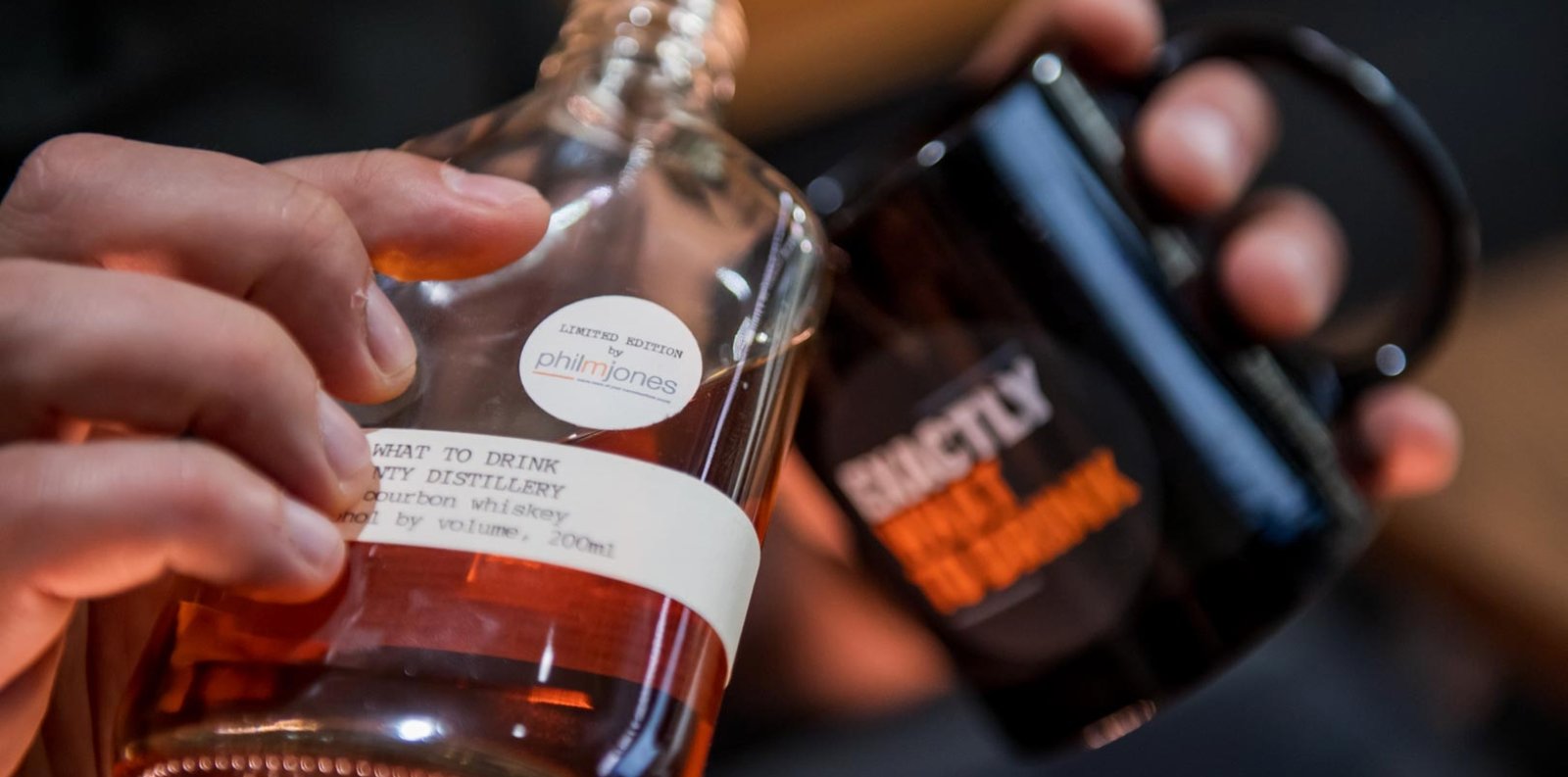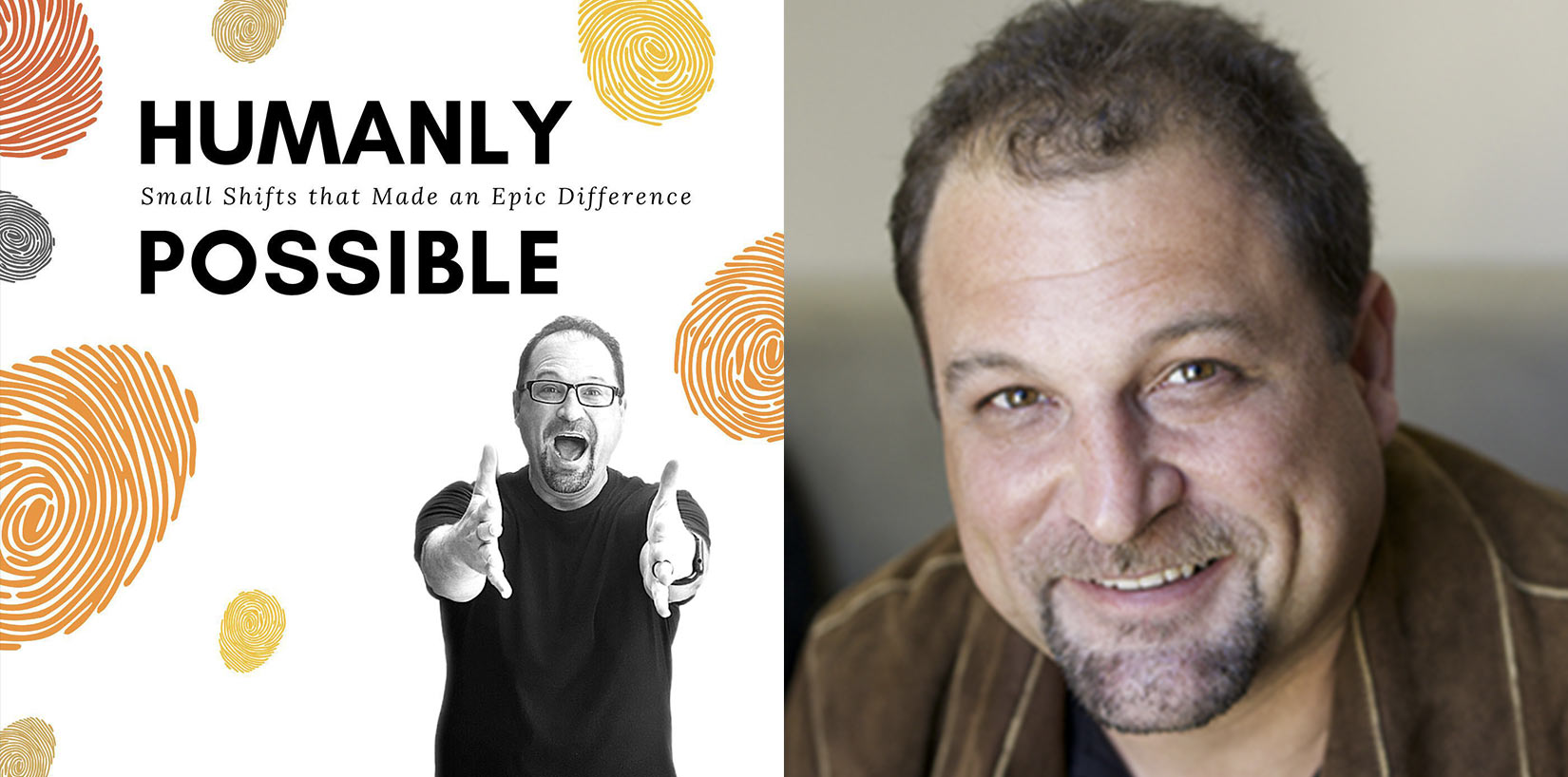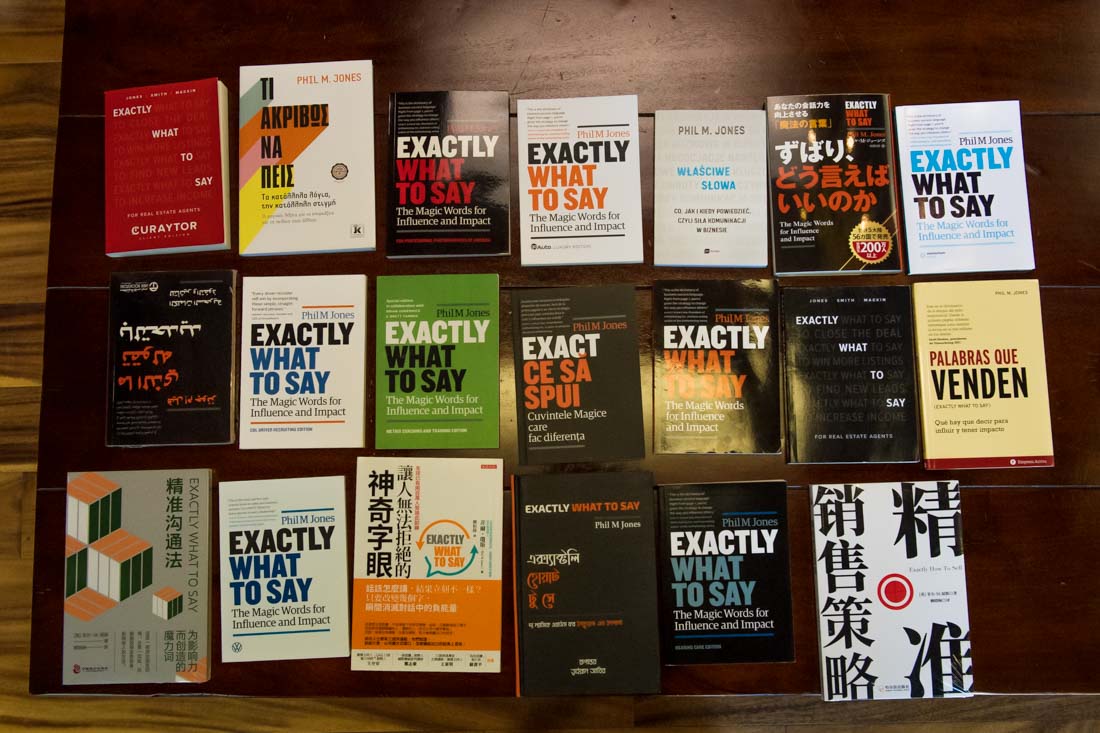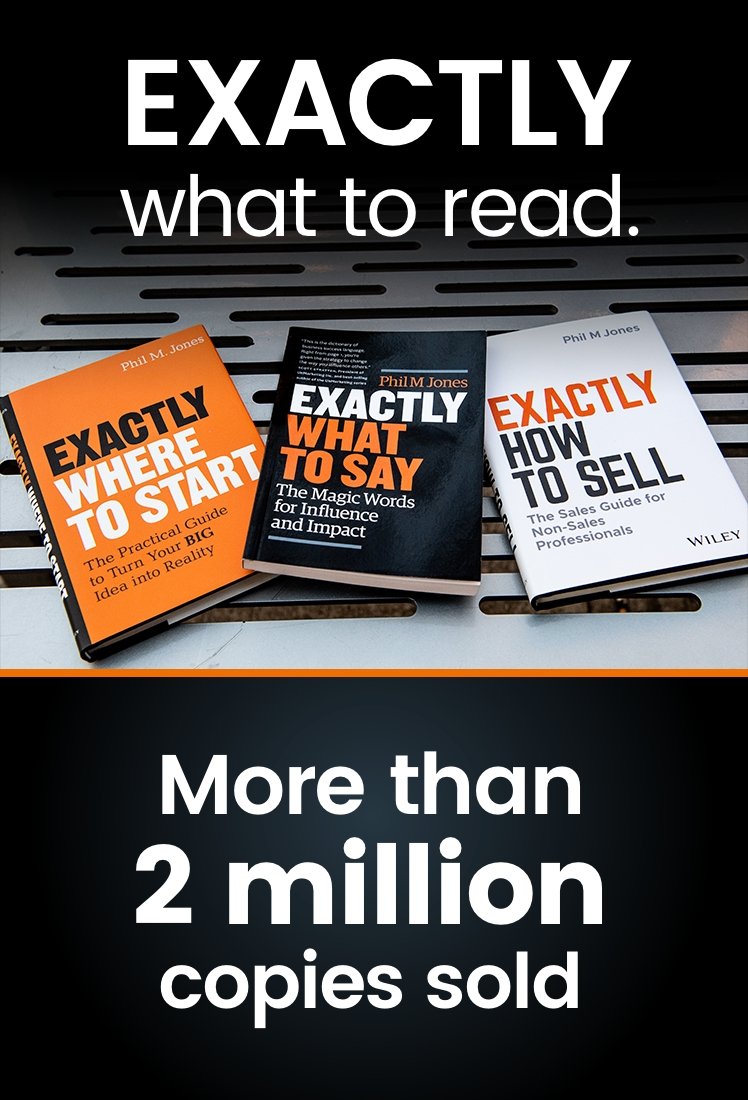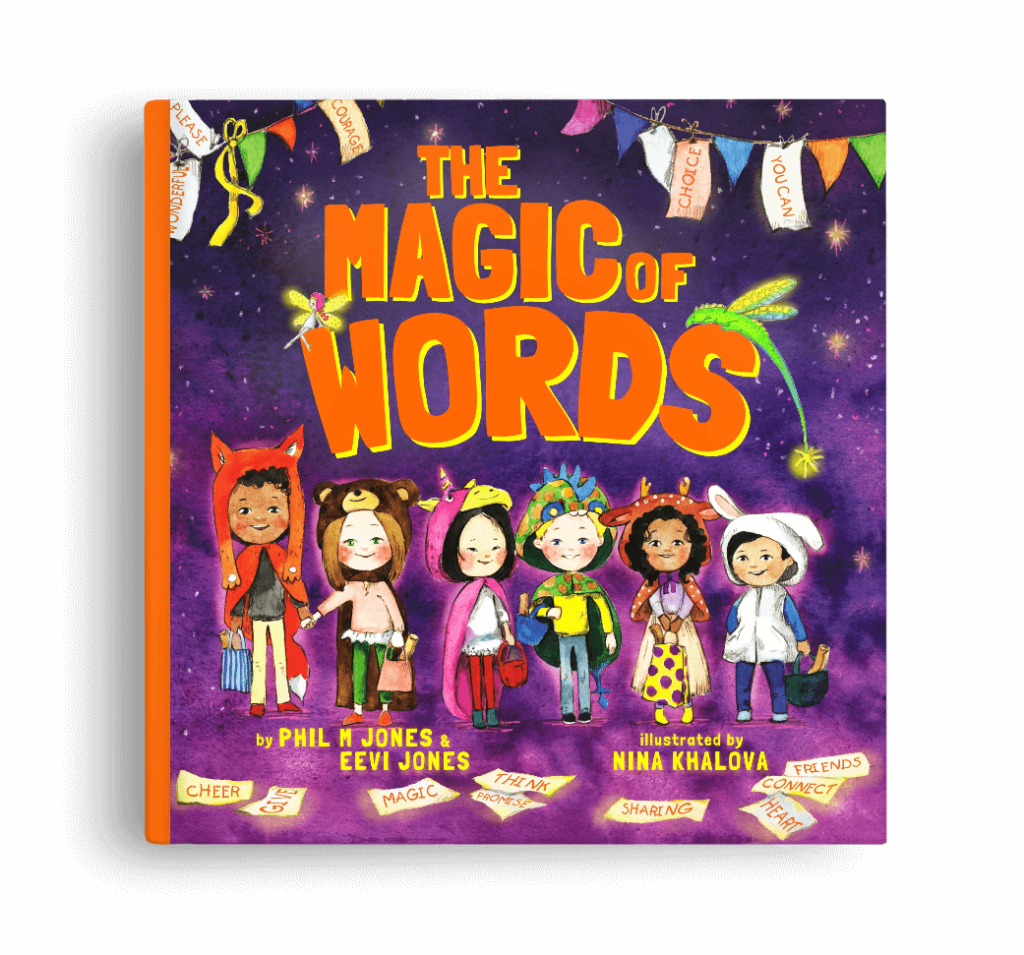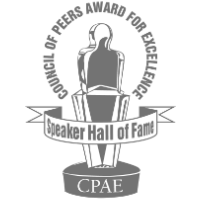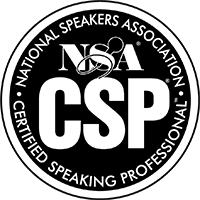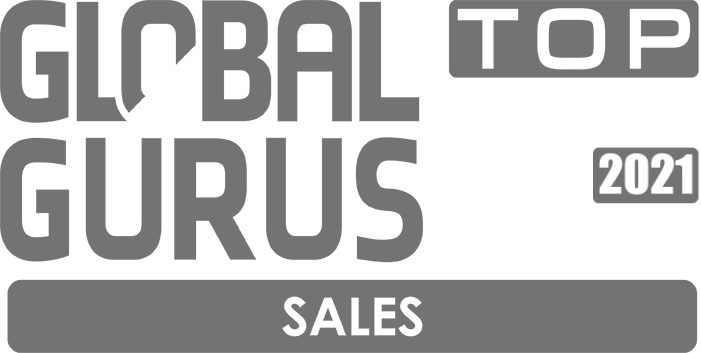On March 10th 2020 it became evidentially apparent to me that the world was about to dramatically change. And as a professional speaker this meant that I needed to look at my calendar of events for the next 12 months or more and consider the high probability that every one of these engagements will be changing.
The one change that was getting the most attention in the industry as a whole, was the idea that everything is going to move to “virtual” and live engagements will be replaced by attendees staring at screens and consuming content digitally.
Intrigued by this notion and with the experience of hundreds of webinars, social streaming training sessions, creation of video content and podcast interviews under my belt, I wanted to apply myself to the virtual landscape and follow my own advice in that the quickest route to being experienced is to earn that experience.
Custom Consultation
Virtual Training
Bespoke Learning Tools
As a result of the effects of COVID-19, for many organizations it’s business as (un)usual. Find out more about how Phil can help you in these unprecedented times
I set a simple goal that I would immerse myself in the virtual space and planned to deliver over 100 engagements in 100 days and see what the experience taught me…
Between March 11th and today, I have completed 116 separate engagements and my goodness have I learned a lot. Engagements have ranged from joining friends on their livestreams, to hosting my own events, to supporting clients with trainings, performing virtual keynotes, featuring in online summits, being interviewed for fireside chats and even running online workshops for others in the speaking profession.
The experience has been rich and varied, yet the lessons from each of these formats has been surprisingly consistent.
So enough of the context – here is what I have learned.

In a live engagement it is not uncommon to be welcomed to a stage where you perform from an elevated position in front of your audience that provides an immediate vantage point, an aura of credibility and the ability to quite literally, look down on your audience.
Added to the fact that this stage appearance could even be accompanied by high tempo walk-on music and further production assets that add to the moment, in a virtual setting, almost all of this disappears. There is no elevated position, no theatrical production and the end result is an entirely more intimate scenario. Audience members are exclusively at your level and this creates a heightened vulnerability and an increased opportunity for engagement with this new found position. The result is that you can now deliver your content from within the audience as opposed to in front of your audience.
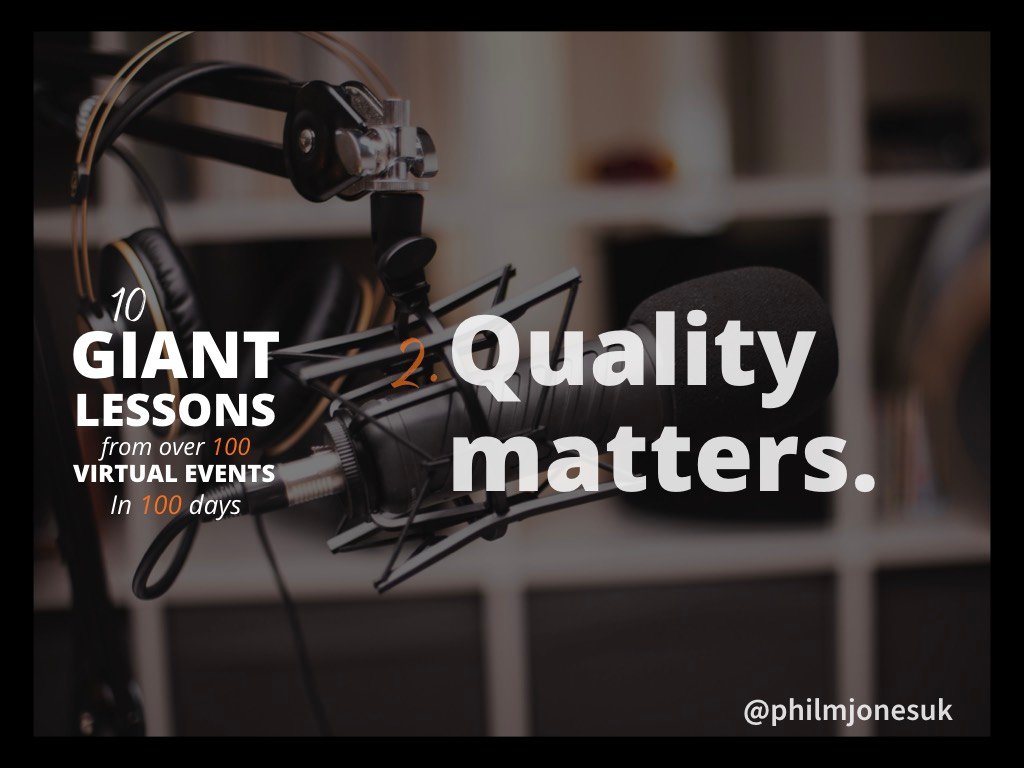
The unsung heroes of almost every live event are the Audio Visual team that support the technology of the performance.
Over the last 12 weeks, I feel like I have become a part-time business educator and full-time technical support. The daily battle of connecting various applications to a plethora of new technologies and then the myriad updates required to keep even my modest rig operational has been a mine field of obstacles that I am proud to have overcome and care to never repeat again in my life.
The goal of each of these efforts is simple; I want it to look great, sound great and above all else – WORK.
In a virtual setting the distraction factor is real, and if you have a badly lit image, low resolution, sound that is less than crisp and inconsistencies in your internet connection – when you add that to the giant distraction created by the fact that every audience member is connected to a device that gives them access to their entire internet whilst watching you, then you need to control as many of your controllables as possible to keep the distractions to a minimum.
Building on this, the most practical lessons served from experience is twofold. Firstly, have a backup for EVERYTHING, from cables to hardware to internet connection. Your role is to deliver the performance – with zero excuses. Secondly, just because you have fancy tech does not mean that you have to use it. Only if it is entirely necessary does it become entirely necessary and if it ever distracts you from engaging with your audience – then practice with the tool in a low stakes environment until it’s second nature to use in a professional performance.

In the current world, an often-missing ingredient is one of empathy. For every engagement, be 100% certain that you know the tone of the audience. There is a big difference to joining a group that have just had their best month ever, versus meeting with a group whose industry is being devastated and they are concerned about their own future. This means doing all the work before the work to genuinely see the world through their eyes first.
I have also learned how important it is to consider their physical environment. Are they sat at home in sweatpants and viewing you on the phone whilst completing household chores or back in their workplace in front of a 21” monitor? Are you part of a line-up of presenters for a complete event or are you the complete event?
Be prepared to create context for your audience or show that you are aware of the context that has already been set. Give them clear rules of engagement and let them know what you expect from them and what they can expect from you in the session that follows.
As much as you may be nervous as the presenter, audiences are often under experienced in a virtual world and managing this requires your leadership.

Perhaps one of the most surprising lessons of this experiment was the fact that there is huge possibility to increase the efficiency of a learning experience in a virtual environment. Using the chat function to replace a whiteboard and allowing everyone to engage in the same moment with keyboard strokes as opposed to raising hands and speaking allows you to crowdsource information in record time. Providing you have the ability to maintain eye contact with both the lens and observe the interaction you can receive the input of an audience in a matter of moments and that same outcome could have taken precious minutes in a live setting.
The same is true when you are collecting action points, observations and key learnings from your audience. The fact that they can communicate their notes to you in real time provides huge value and has also become a replacement for smiles, laughs and applause and my new thermometer for measuring the temperature of the audience.

As the virtual environment has created a new reality in which everybody has a front row seat at the event, it has also created an environment where each audience member has a level playing field for engagement. Gone are the days of he/she who speaks loudest gets the attention, with the keyboard now providing equal amplification for every attendee, I have learned that even the introverts will start to speak up and having their contribution in the conversation is shaping things for a far more holistic discussion and bringing vantage points that can be often overlooked.

Virtual does not mean that it is not happening in real life or in real time. If you are anything like me, I have acquired hour upon hour of high quality recordings of events that I couldn’t attend in person and in almost every one of those scenarios the recordings remain un-played.
As the world turns up its production of digital content then consumers will hate to miss out and fast be filling their cloud storage space with archives of masterful resources that many will simply collate hypothetical dust as they occupy precious storage space at some metropolis of a data farm in the desert.
Instead, do everything you can to make it worthwhile for attendees to be there in the moment. Include a live only segment, allow bonuses for physical attendees and perhaps even be brave enough to not share a recording. We all know and have often used the phrase “you had to be there” – let’s do all we can to protect the truth in that and create experiences worth showing up for.

In a live engagement, the audience receives so much value from sharing the experience with one or more audience members. The reassuring nod of approval, the shared chuckle and even the whispered conversation to the person next door are all key amplifiers of engagement. Without this additional expression and the only communication being between the presenter and audience member, it can be harder to reinforce a point or annunciate a key message.
Plan for this lacking component by adding it back in with a solid compromise of either a known co-host to the audience or using audience members themselves and bringing them into the conversation. Asking questions of these people through the presentation and inviting their commentary provides the third voice to the bulk of the audience and aids understanding and clarity of messaging.

Like any performing art, a performance creates an emotion and that in turn creates an opinion.
The world of television, broadcasted music concerts, YouTube stars, live streamers and online training has already created so much evidence to support the fact that there is no one right way of doing this.
Going through these last 100 days I have repeatedly sat in awe of someone’s giant home studio set up, TV-like production and engaging multiple camera angles. I have equally cringed and squirmed at seeing others approach this environment with their take on the best way of doing things.
My conclusion on both my experience and my observations has been that with complete conviction I feel certain that nobody knows what they are doing, there is no blueprint for success and there are no best practices. There are however many solutions for countless opportunities with almost endless possibilities for execution. Providing you make choices that serve your audience, your client and your integrity, then the tide can rise together as the profession of speaking evolves.
The two big lessons on this point are simple.
The first is so important it’s in bold – you cannot be what you are not.
Second, collect the assets to prove that you are what you say you are. This includes the recordings, photographs, screengrabs of comments, social media impact, testimonials and more. If you want your future clients to know what they are buying into, then show them the results of your past performances and prove you are what you say you are.
Oh and one more thing – comparison sucks – you do you!

One great joy of performing to a live audience is the huge gift of energy they deliver back to you through your delivery. The early anxiety, the transfer of enthusiasm and the feeling of empowered connection of having hundreds of eyeballs locked in the same moment and their collective silence as they immerse themselves in the moment being shared is almost impossible to replicate without the constraints and controls of an in person experience.
The result is that for the energy to exist in the performance then it is your responsibility to bring almost all of it and expect very little back from the audience. The result is also then that the whole thing ”feels” very, very different to performing live. Instead of feeling enthused and invigorated, I have often felt tired and drained and instead of wanting to network with attendees or crush a workout in the gym post presentation, my default alternative is to let out a deep sigh and slump into a coffee chair.
The rewards are very different and as much as I welcome the opportunity to use the virtual platform to become more tactical, increase intimacy and deliver more value to my clients, I thoroughly miss the feeling that follows a job well done in front of a live audience and I have no plans to do this work in a virtual only world.

As much as the virtual environment provides a fabulous opportunity for content distribution and consumption. What I have failed to see it replicate is many of the true factors that have made live, in person events a staple communication tool for centuries.
Sure, a virtual happy hour in a Zoom room can be fun, forcing breakouts using technology adds drama and dynamics and the ability to see behind the curtain into speakers’ and audiences’ home lives has some benefits.
Yet the magic for me of a live event is the destination. It’s being in the room where it happened and then EVERYTHING that goes with it.
Sure our content delivered from stage should deliver huge value, yet it’s the conversations between audience members that reference your performance that can typically join the dots and create the stickiness.
It’s the hallway conversations and bar chats between attendees that build a sense of team and togetherness. It’s the book signings and handshakes that allow the audience to complete their moments with you and ask their questions and above all else, it’s the fact that an event away from home, provides the distraction-free environment and immersive experience to create lasting change.
So my conclusion at this point of the journey is summarised best by the words of the great Scott Stratten…
“Everything has changed and nothing is different.”
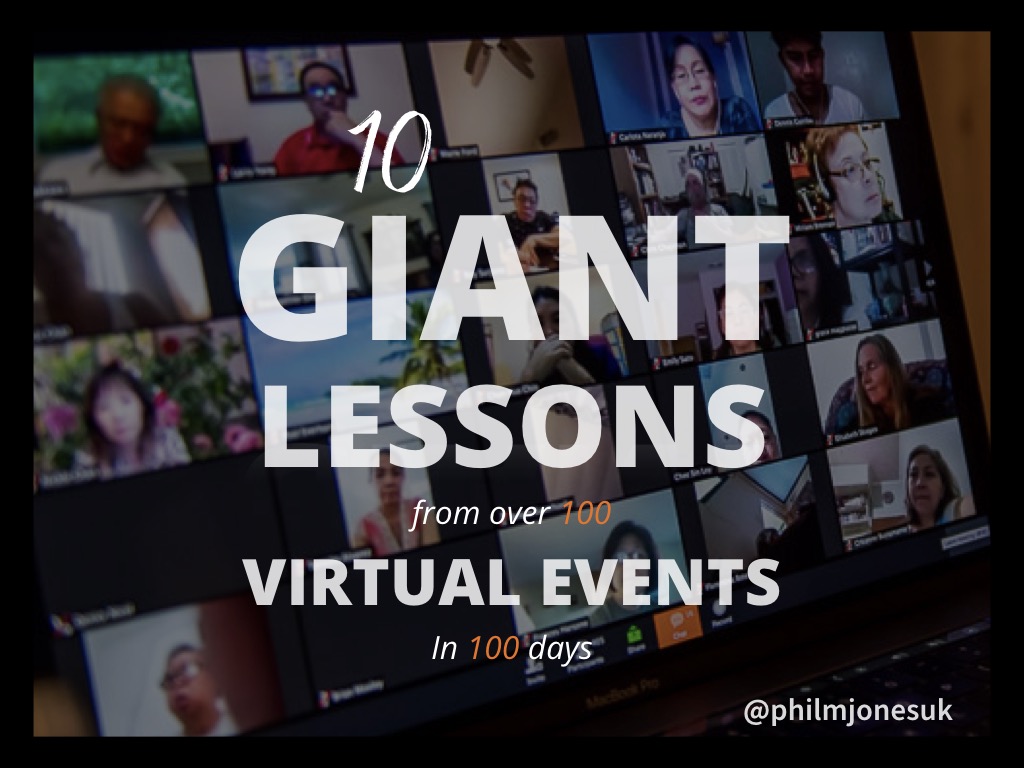
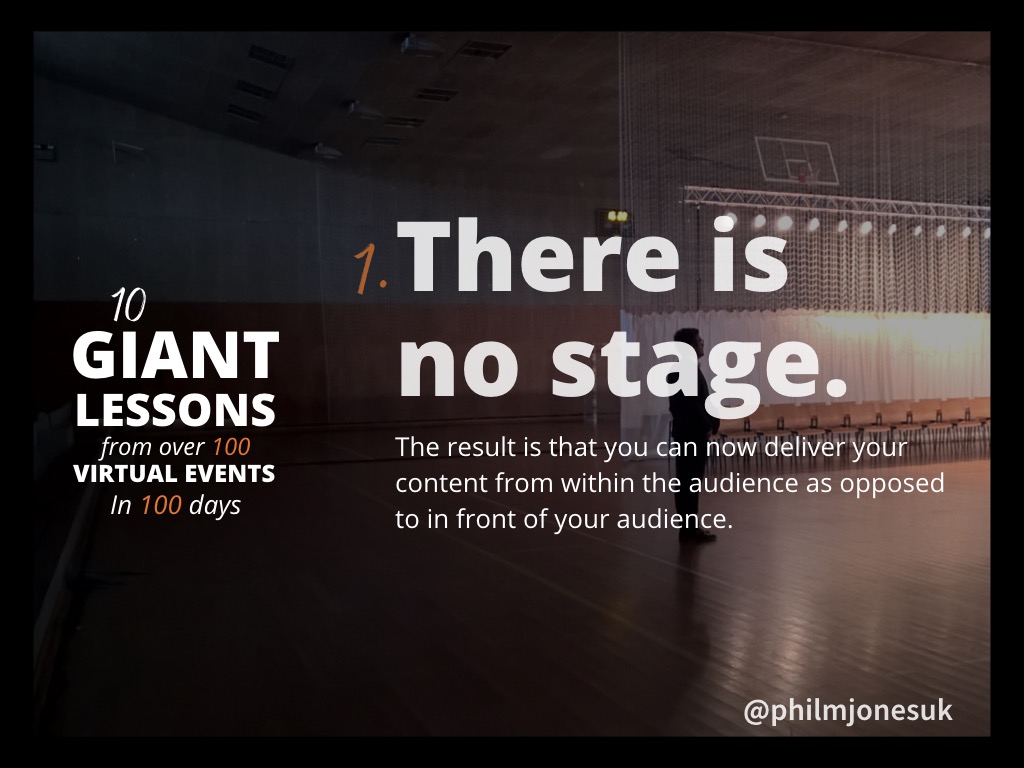
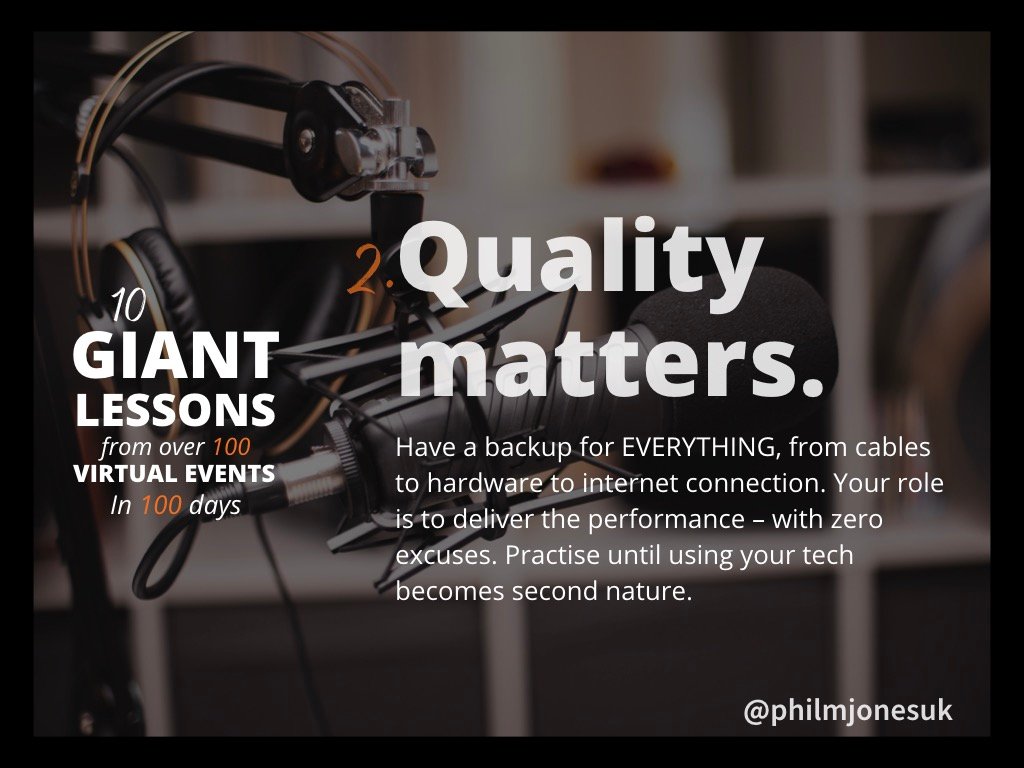
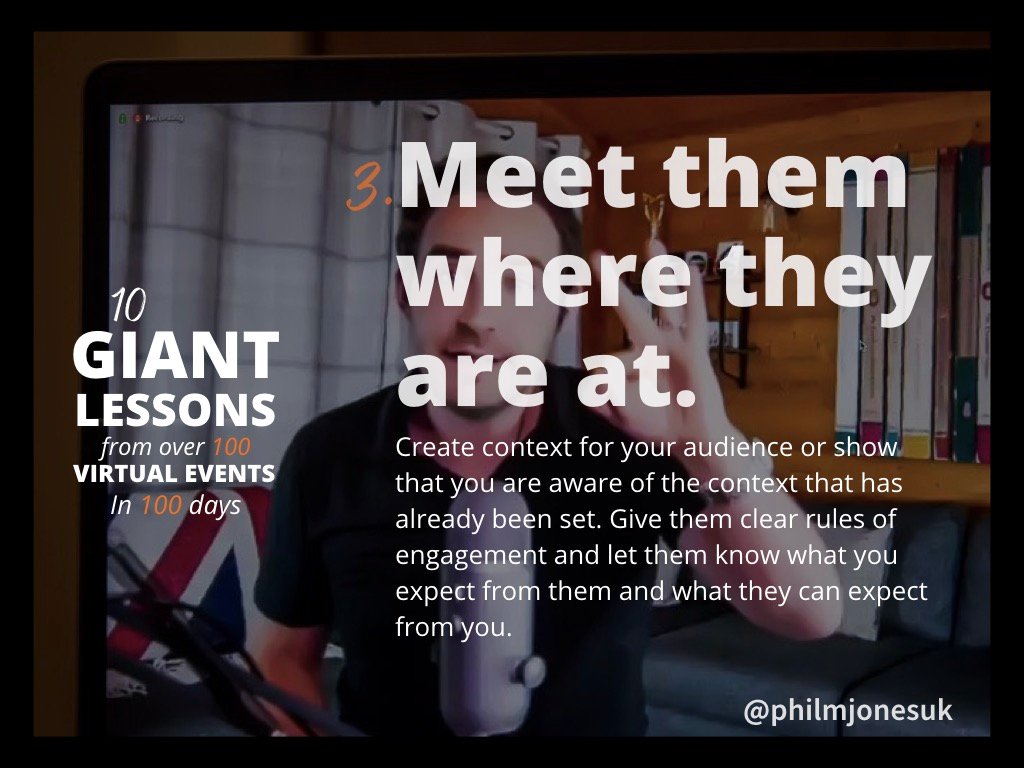
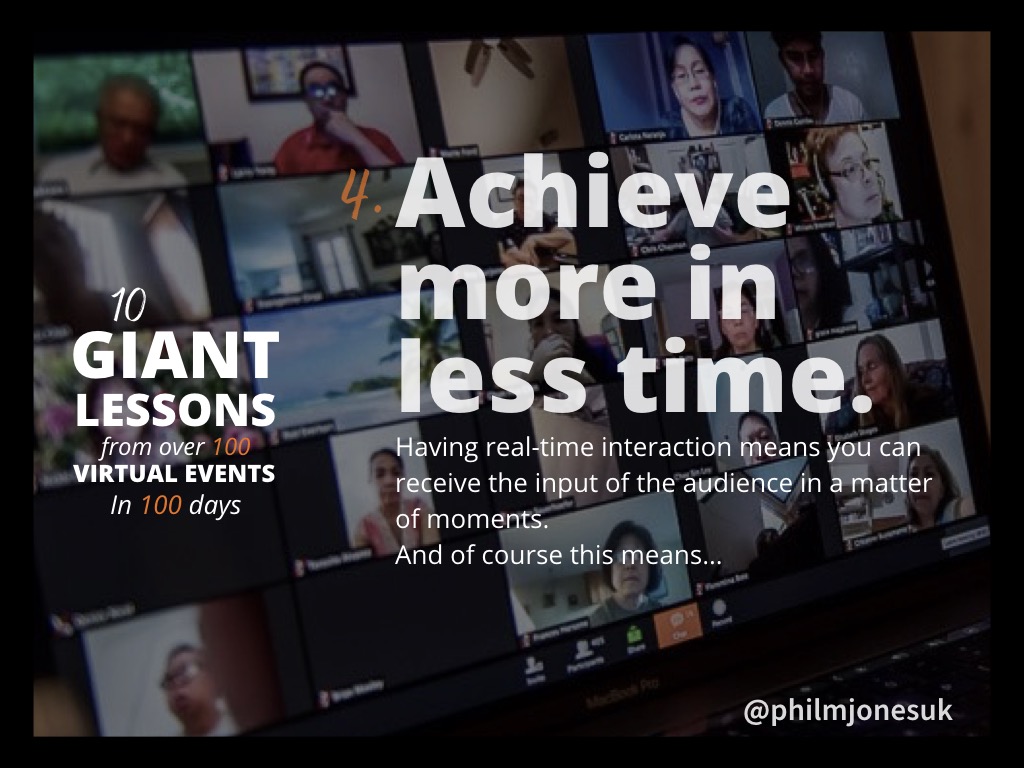
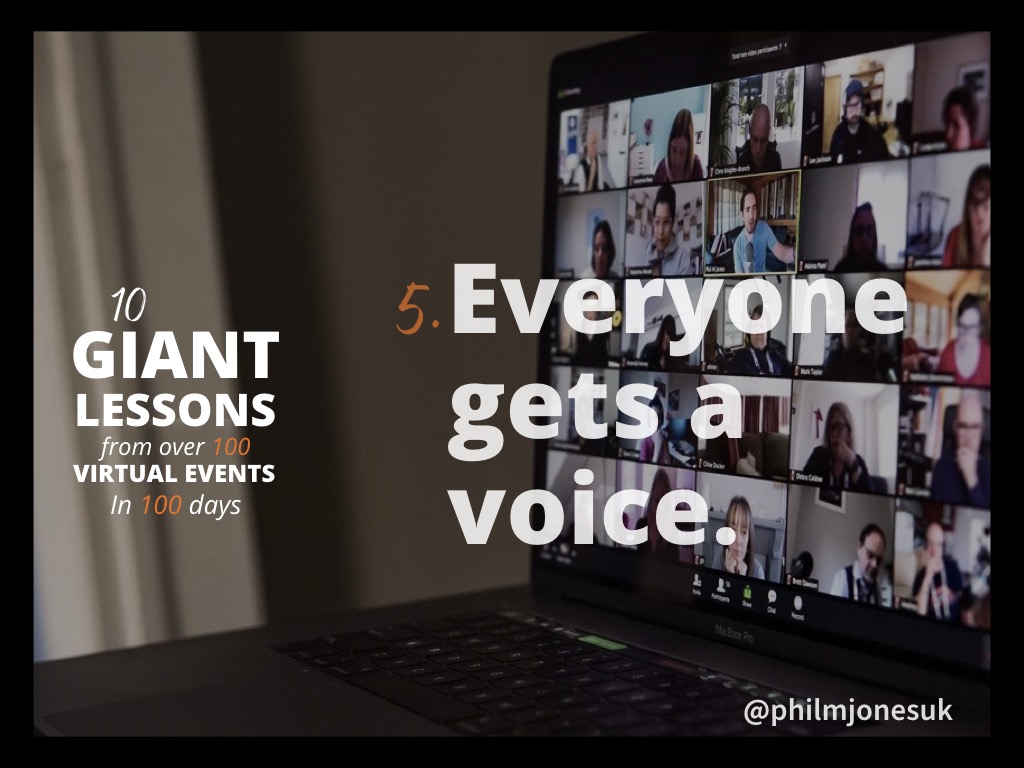
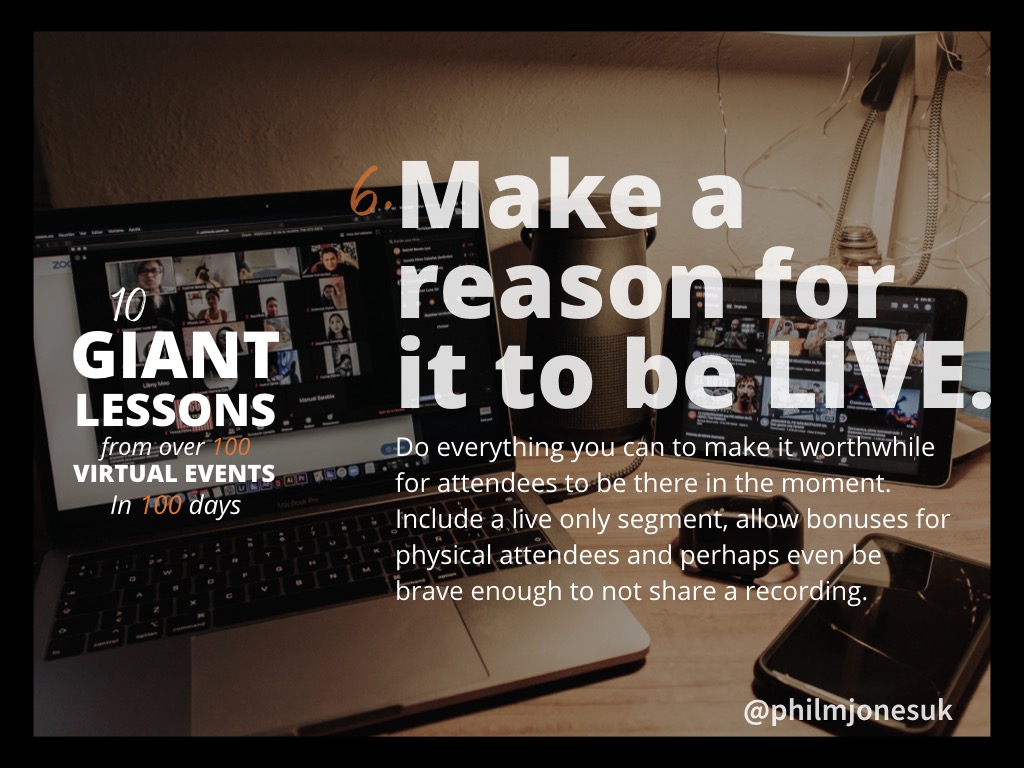

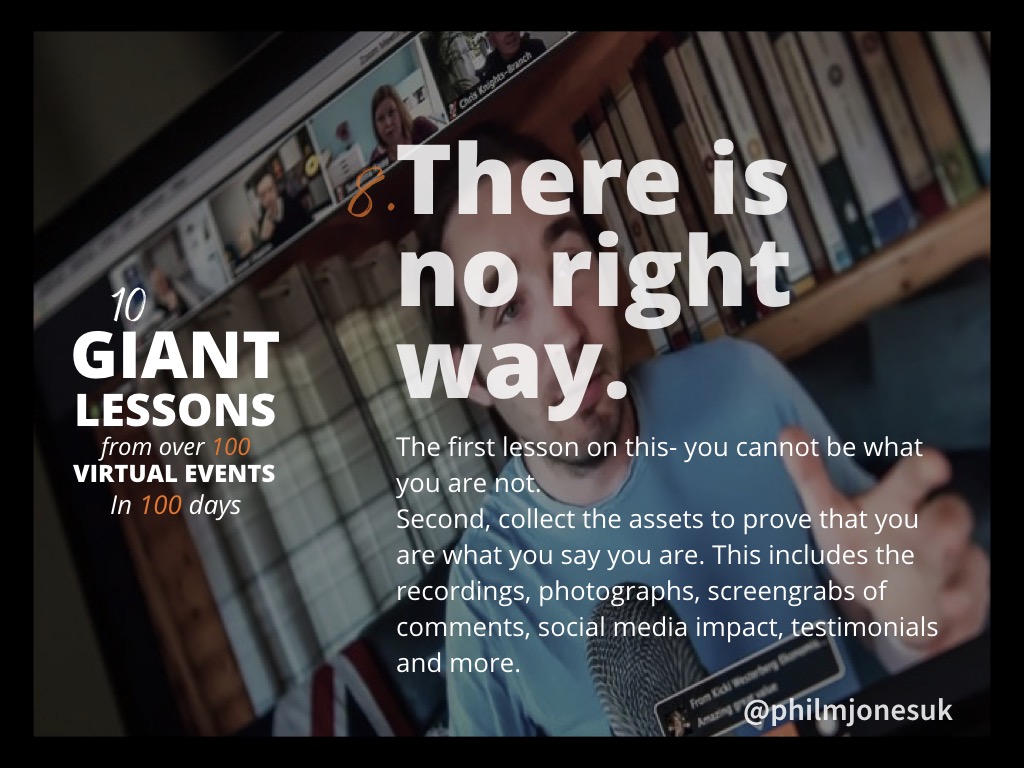
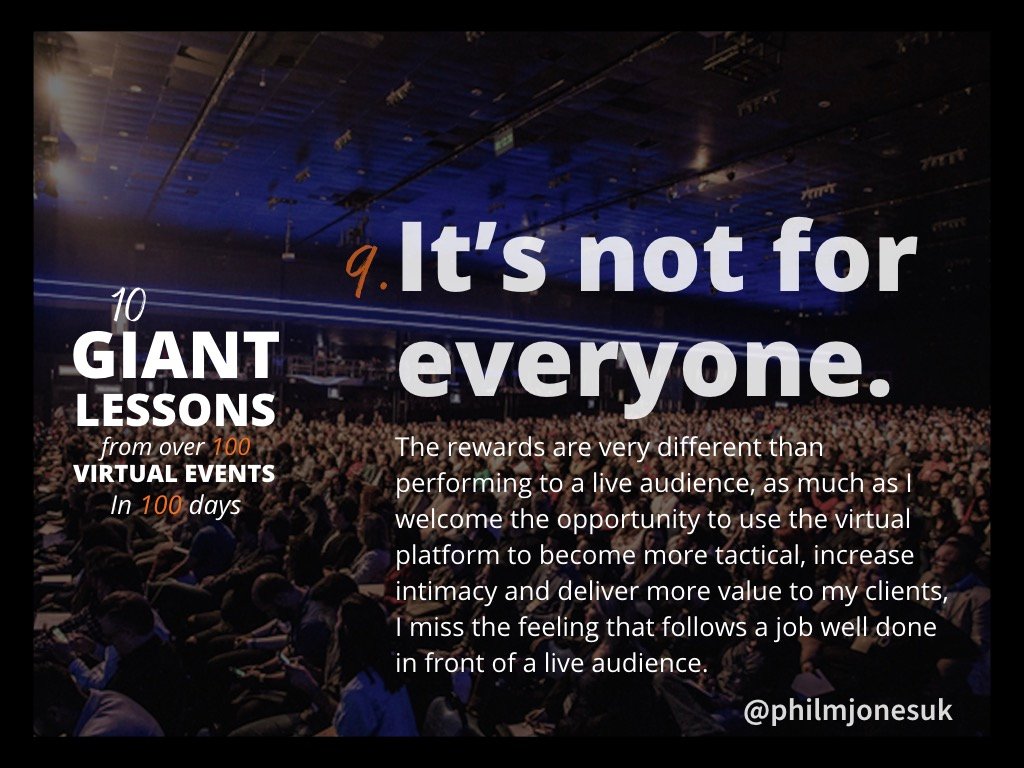
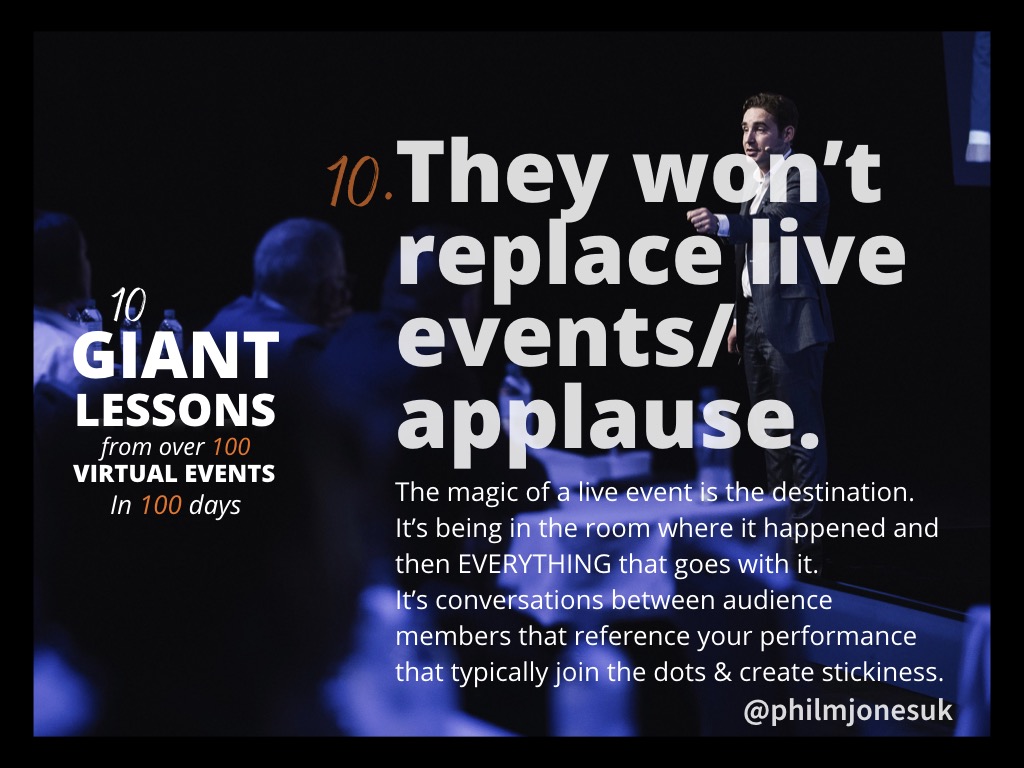
Custom Consultation
Virtual Training
Bespoke Learning Tools
As a result of the effects of COVID-19, for many organizations it’s business as (un)usual. Find out more about how Phil can help you in these unprecedented times


